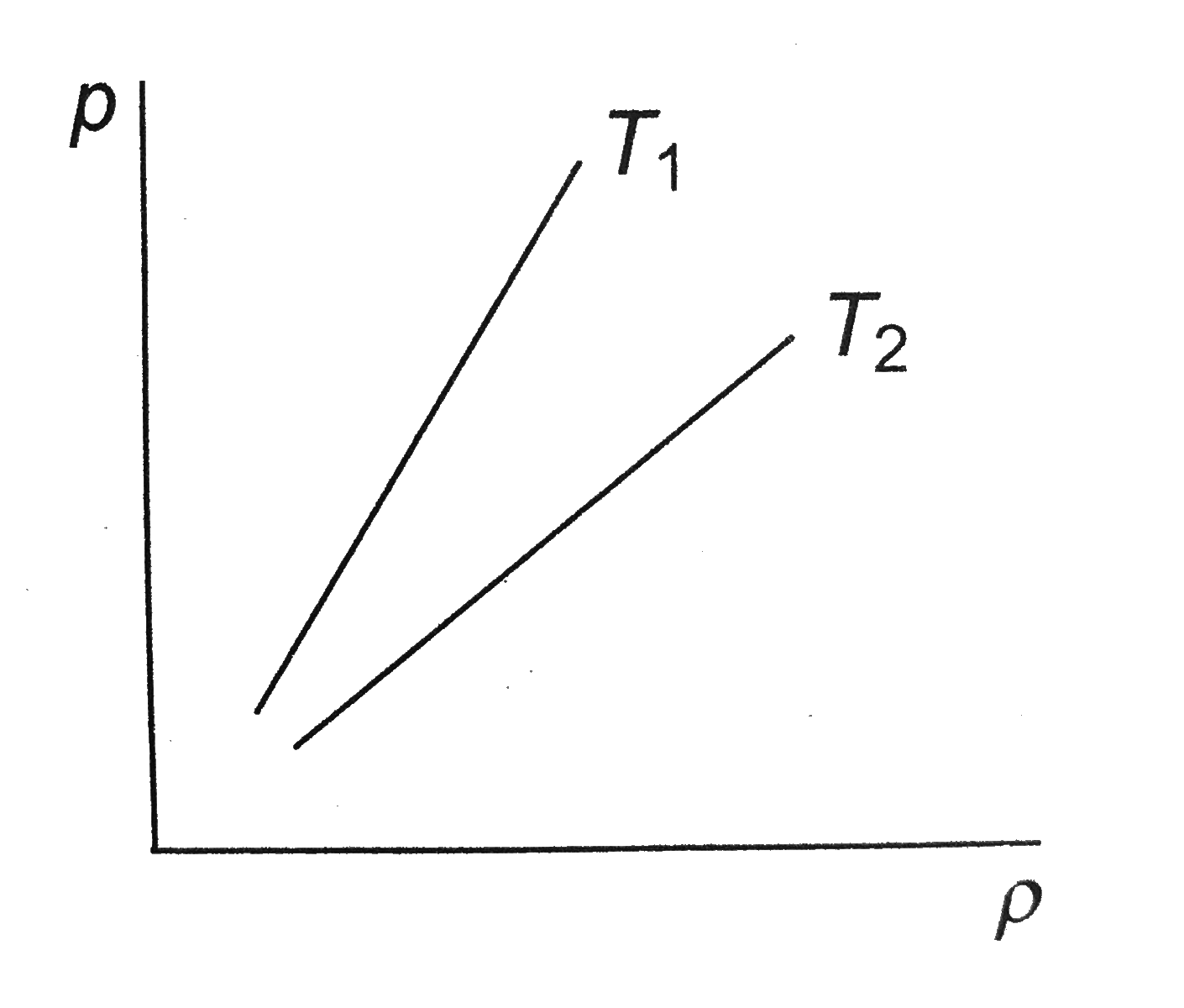Plots of log K vs 1T shows an intercept of 2 on y-axis with a slope of 45∘ for studied reaction. Which of the following are correct assuming ΔH∘andΔS∘ are temperature independent
ΔS∘=4.606cal
ΔH∘=4.606cal
ΔG∘=−2.75kcal
K=100.8
The correct Answer is:B, C, D
To solve the problem, we will follow these steps:
Step 1: Understand the relationship between K, ΔG°, ΔH°, and ΔS°
The Gibbs free energy change (ΔG°) is related to the equilibrium constant (K) by the equation:
ΔG∘=−RTlnK
where R is the universal gas constant (8.314 J/mol·K or 1.987 cal/mol·K).
Step 2: Use the slope and intercept from the plot
The plot of log K versus 1T gives us:
- Slope = −ΔH∘2.303R
- Intercept = ΔS∘2.303R
Given:
- Slope = 45° (which is equal to 1 in terms of the tangent)
- Intercept = 2
Step 3: Calculate ΔH°
From the slope:
−ΔH∘2.303R=1
Rearranging gives:
ΔH∘=−2.303R
Using R = 2 cal/mol·K:
ΔH∘=−2.303×2=−4.606 cal
Step 4: Calculate ΔS°
From the intercept:
ΔS∘2.303R=2
Rearranging gives:
ΔS∘=2×2.303R
Substituting R = 2 cal/mol·K:
ΔS∘=2×2.303×2=9.212 cal
Step 5: Calculate ΔG°
Using the relationship:
ΔG∘=ΔH∘−TΔS∘
Assuming T = 298 K:
ΔG∘=−4.606−298×9.212
Calculating:
ΔG∘=−4.606−2743.776=−2748.382 cal=−2.748 kcal
Step 6: Calculate K
Using the equation:
ΔG∘=−RTlnK
Rearranging gives:
K=e−ΔG∘RT
Substituting ΔG° = -2.748 kcal (or -2748.382 cal), R = 2 cal/mol·K, and T = 298 K:
K=e2748.3822×298=e4.607≈100.8
Conclusion
Now we can summarize the findings:
- ΔS° = 9.212 cal
- ΔH° = -4.606 cal
- ΔG° = -2.748 kcal
- K = 100.8
Final Answers
1. ΔS° is 9.212 cal (not 4.606 cal).
2. ΔH° is -4.606 cal (not 4.606 cal).
3. ΔG° is -2.748 kcal (correct).
4. K value is 100.8 (correct).
The Gibbs free energy change (ΔG°) is related to the equilibrium constant (K) by the equation:
ΔG∘=−RTlnK
where R is the universal gas constant (8.314 J/mol·K or 1.987 cal/mol·K).
The plot of log K versus 1T gives us:
- Slope = −ΔH∘2.303R
- Intercept = ΔS∘2.303R
- Slope = 45° (which is equal to 1 in terms of the tangent)
- Intercept = 2
From the slope:
−ΔH∘2.303R=1
Rearranging gives:
ΔH∘=−2.303R
ΔH∘=−2.303×2=−4.606 cal
From the intercept:
ΔS∘2.303R=2
Rearranging gives:
ΔS∘=2×2.303R
Substituting R = 2 cal/mol·K:
ΔS∘=2×2.303×2=9.212 cal
Using the relationship:
ΔG∘=ΔH∘−TΔS∘
Assuming T = 298 K:
ΔG∘=−4.606−298×9.212
Calculating:
ΔG∘=−4.606−2743.776=−2748.382 cal=−2.748 kcal
Using the equation:
ΔG∘=−RTlnK
Rearranging gives:
K=e−ΔG∘RT
Substituting ΔG° = -2.748 kcal (or -2748.382 cal), R = 2 cal/mol·K, and T = 298 K:
K=e2748.3822×298=e4.607≈100.8
Now we can summarize the findings:
- ΔS° = 9.212 cal
- ΔH° = -4.606 cal
- ΔG° = -2.748 kcal
- K = 100.8
1. ΔS° is 9.212 cal (not 4.606 cal).
2. ΔH° is -4.606 cal (not 4.606 cal).
3. ΔG° is -2.748 kcal (correct).
4. K value is 100.8 (correct).
Similar Questions
Knowledge Check
In a plot of log.k vs 1/T, the slope'is :
A−Ea/2⋅303BEa/2⋅303RCEa/2⋅303D−Ea/2⋅303R
The plot og logk vs 1/T helps to calculate
View SolutionRate of reaction (r ) is plotted against temperature (T) for an enzyme catalysed reaction. Which of the following is correct representation ?
View SolutionFor a linear plot of log (x/m) versus log [ in a Freundlich adsorption isotherm, which of the following statements is correct ? (k and n are consists)
View SolutionFigure shows graphs of pressure vs density for an ideal gas at two temperature T1andT2. Which of the following is correct?

View SolutionWhat is the ΔS∘ for the reaction in cal if the graph of InK vs 1/T is as follows.

View SolutionIn Ellingham diagrams of Δ1G oxide formation Vs T, which of the following graphs has negative slope ?
View SolutionPlot the following.
y=log2|1−x|
View Solution